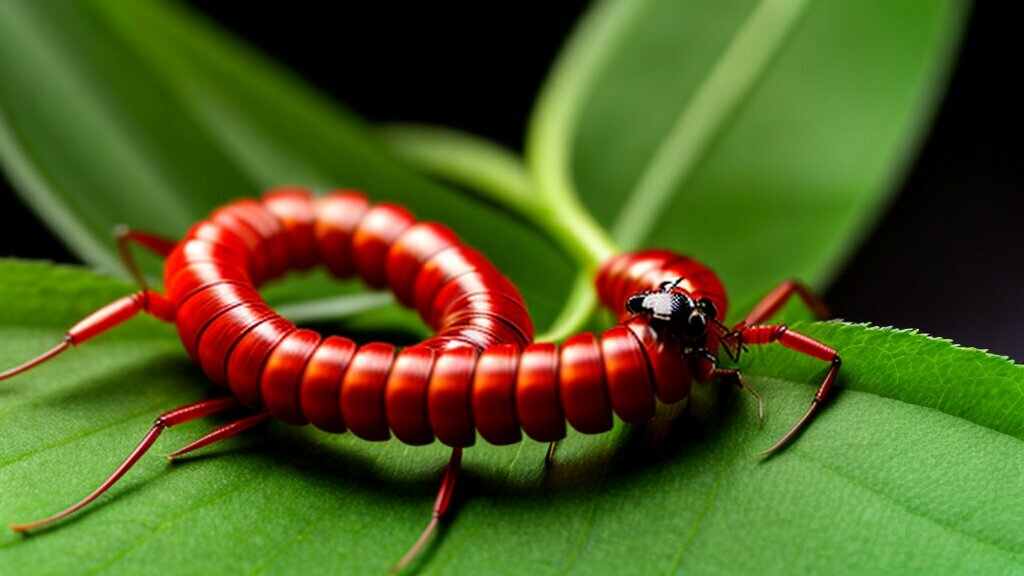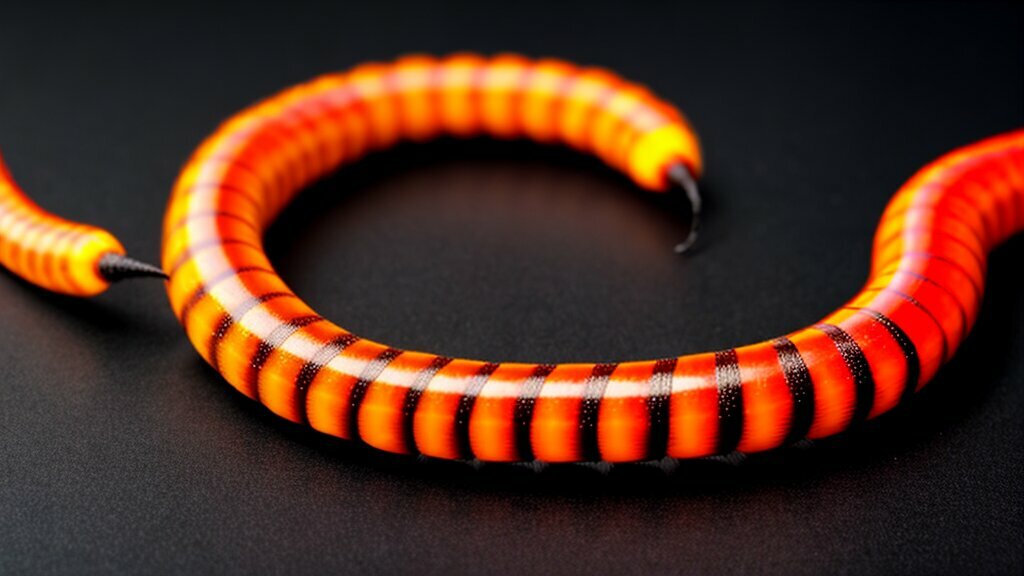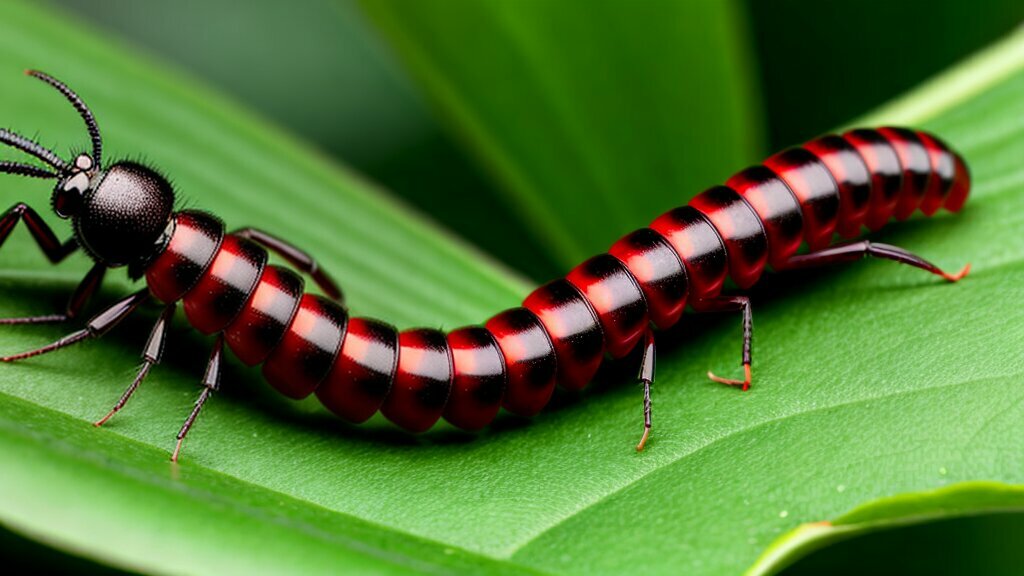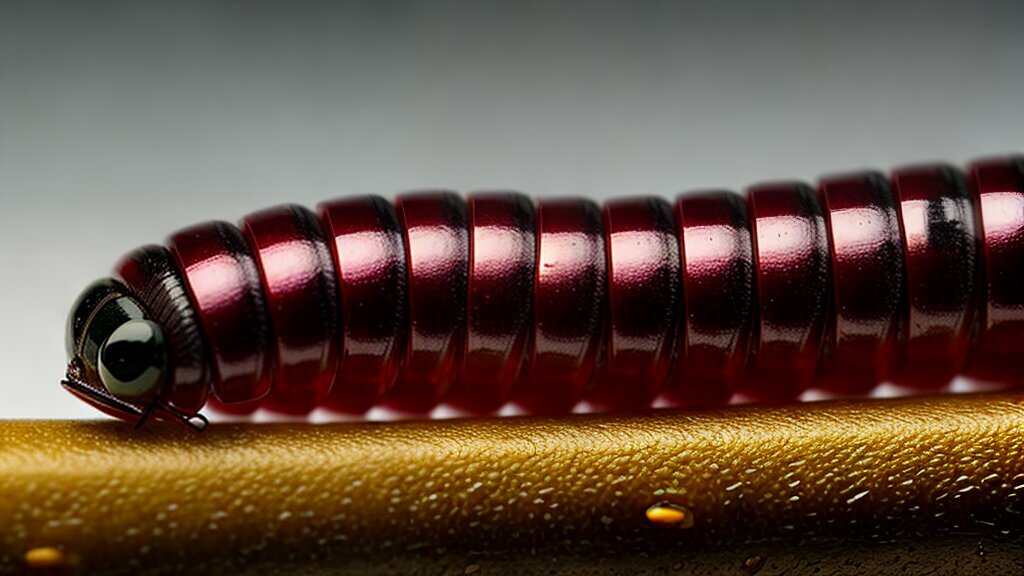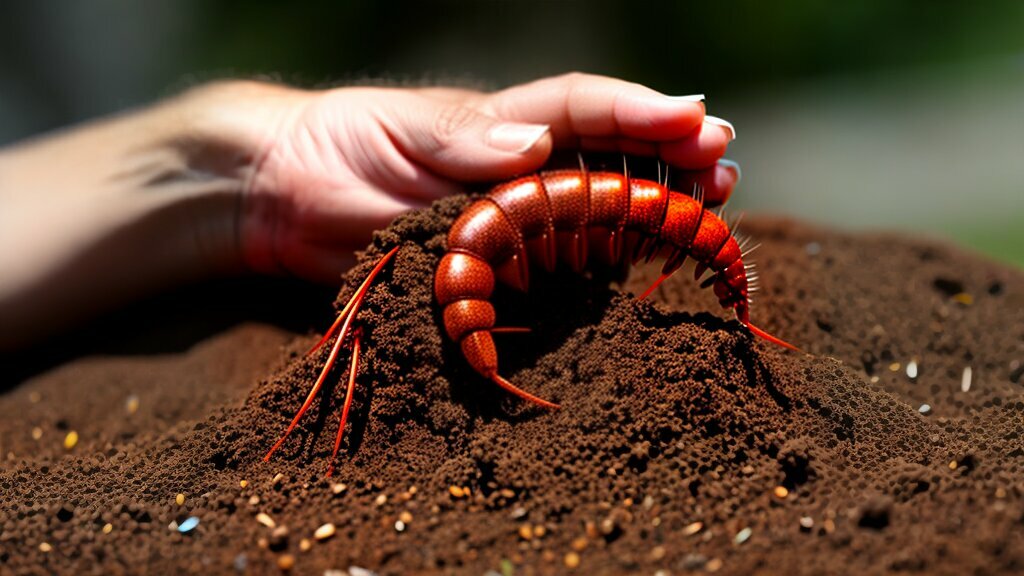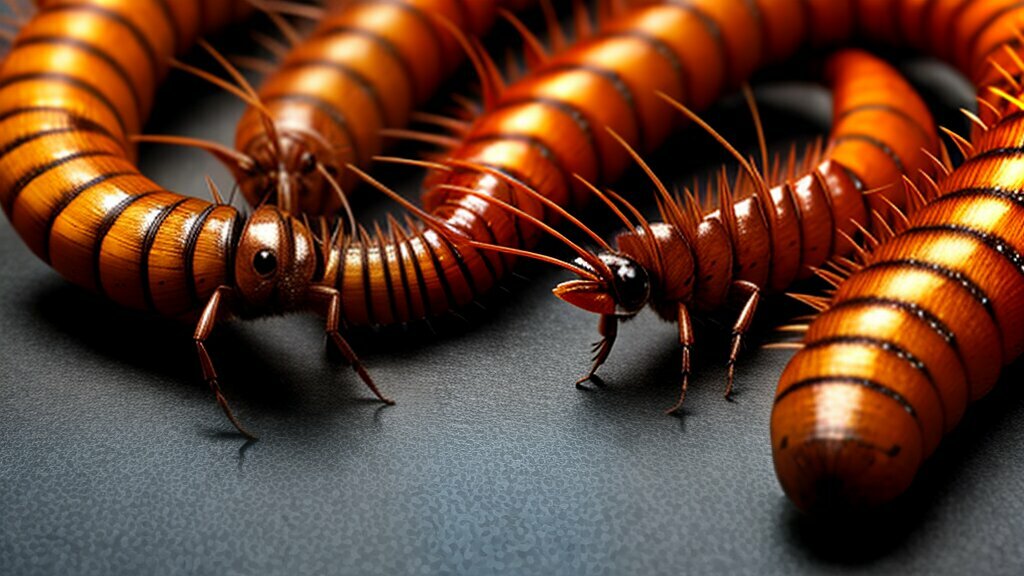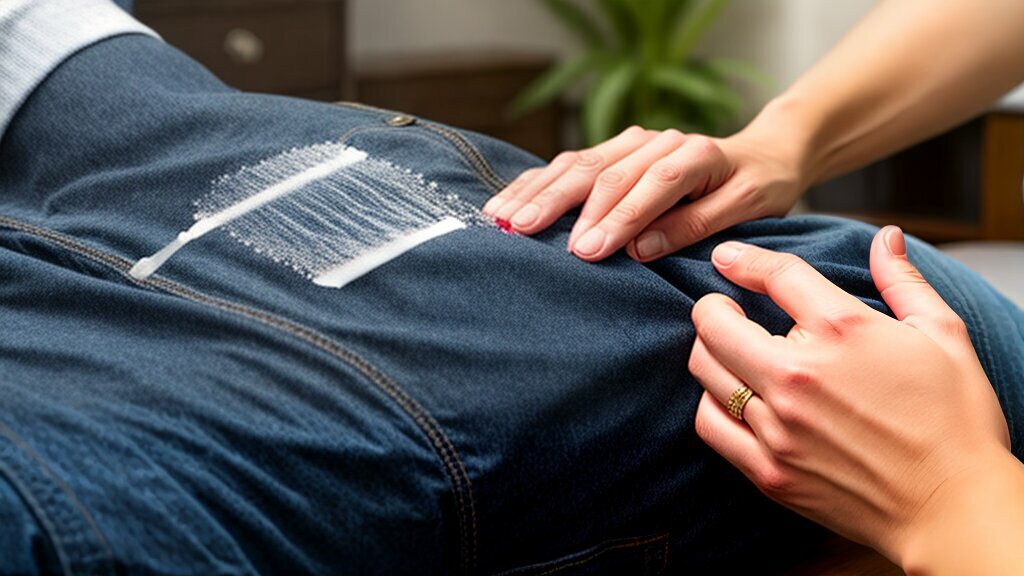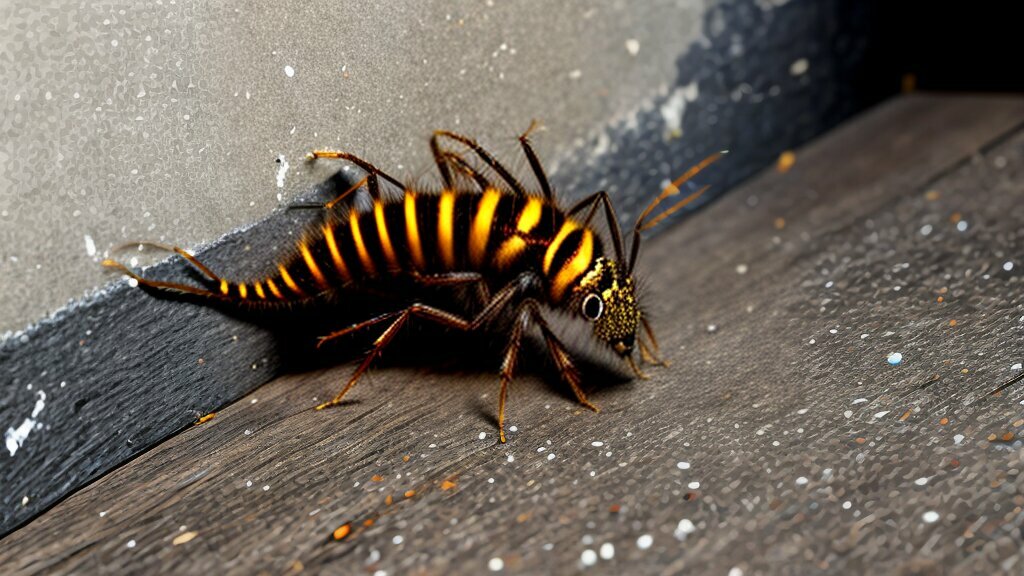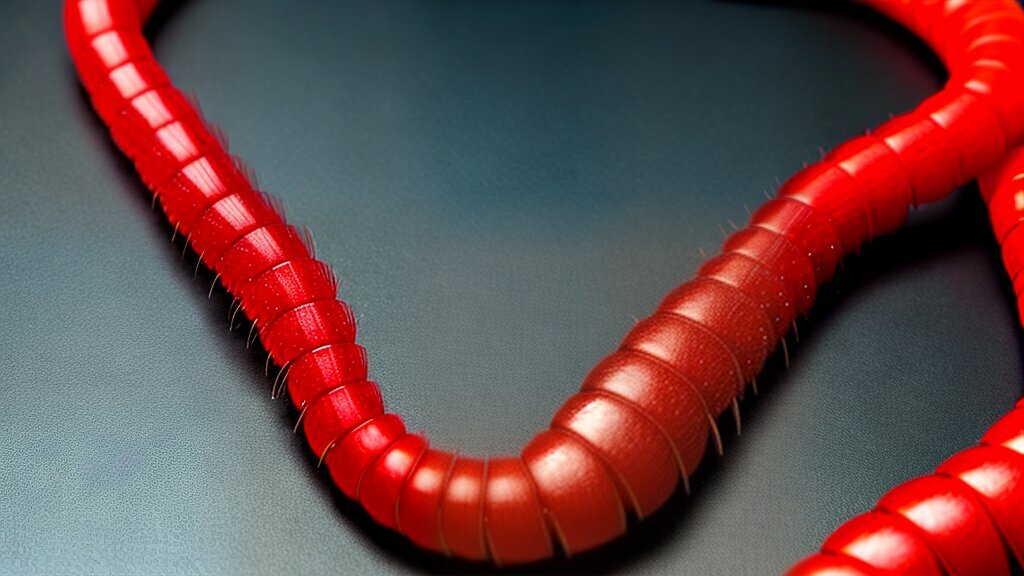Centipedes are creepy crawlies that can evoke fear in many people. One of the most common fears associated with centipedes is the myth that they can enter the human body through the skin. But is this true? Let’s uncover the myths and facts surrounding this topic.
Key Takeaways:
- The myth of centipedes going into the skin is a widespread misconception.
- Centipedes can’t enter the human body through the skin.
- Understanding centipedes’ behavior and anatomy can help dispel myths and prevent unnecessary fear.
Understanding Centipedes: Anatomy and Behavior
Centipedes are arthropods with long, segmented bodies that are typically brown or reddish-orange in color. They have numerous legs – ranging from 15 to more than 300 – and are known for their agile movements and quick speed. Most centipedes are harmless to humans, but some species can deliver painful and venomous bites.
The anatomy of a centipede consists of three main parts: the head, thorax, and abdomen. The head contains the sensory organs, such as the eyes, antennae, and mouthparts, while the thorax is where the legs and venomous fangs are located. The abdomen contains the reproductive organs and digestive system.
Centipedes are nocturnal and usually seek out dark, damp habitats such as under rocks, logs, or in the soil. They are also known to enter homes and buildings through cracks and crevices, seeking shelter and food.
When threatened, some species of centipedes may curl up into a defensive ball-like shape, while others may release a foul-smelling odor or even detach their legs as a distraction tactic.
While centipedes are generally considered to be beneficial to the environment, their presence in the home or building can be a nuisance. It is important to take preventive measures and seek appropriate treatment if bitten by a venomous species.
Can Centipedes Enter Your Body? Exploring the Truth
Centipedes are often associated with their ability to enter the human body through the skin. However, this is a common myth that has been circulated for years. In reality, centipedes cannot enter the body through the skin, nor do they have any interest in doing so.
While this may come as a relief, it is important to note that centipedes can still pose a threat to human health. Centipede bites can cause pain, swelling, and redness in the affected area. In some cases, the symptoms can be severe and require medical attention.
If you suspect a centipede infestation in your home, there are several symptoms to look out for. These include finding centipedes in various places around the house, noticing holes in clothing or upholstery, and experiencing unexplained skin irritations. If you notice any of these symptoms, it is important to take preventive measures to avoid further problems.
Centipede Infestation Symptoms
| Symptoms | Description |
|---|---|
| Finding centipedes | Seeing centipedes in various areas around the house, especially in damp and dark locations |
| Holes in clothing or upholstery | Noticing small holes in clothing or upholstery that could be caused by centipedes or other pests |
| Unexplained skin irritations | Experiencing skin irritations such as redness, swelling, and itching that do not have an obvious cause |
While centipedes cannot enter the body through the skin, it is still important to take preventive measures to avoid bites and infestations. Some effective strategies include sealing cracks and crevices around the house, reducing moisture levels, and keeping the house clean and clutter-free.
In case of a centipede bite, there are several natural remedies that can help alleviate the pain and discomfort. These include applying cold compresses, using essential oils, and taking pain relievers. If the symptoms are severe or do not improve, it is important to seek medical attention immediately.
Remember, while the myth of centipedes entering the body through the skin is false, it is still important to take preventive measures to avoid bites and infestations. By understanding the potential dangers of centipedes and taking appropriate action, you can keep yourself and your home safe from these pests.
How to Remove Centipedes from Skin: Essential Tips
If you happen to get bitten by a centipede, the first thing to do is to remove it from your skin. Here are some essential tips to safely remove centipedes from your skin:
- Stay calm: It may be difficult, but staying calm is essential. This will help prevent the venom from spreading to other parts of your body.
- Wash the bite area: Use soap and water to clean the bite area. This will help remove the venom and prevent infection.
- Use a credit card or similar object to remove the centipede: Gently slide the card underneath the centipede and lift it off your skin. Avoid using your fingers, as this can cause the venom to spread.
- Apply a cold compress: Use a cold compress or ice pack to reduce swelling and pain. Place it on the bite area for up to 20 minutes at a time, with breaks in between.
| Do not | Do |
|---|---|
| Scratch the bite area | Wash the bite area with soap and water |
| Suck out the venom | Apply a cold compress or ice pack |
| Cut the bite area | Stay calm and seek medical attention if necessary |
If you experience severe symptoms such as difficulty breathing, intense pain, or swelling, seek medical attention immediately.
Preventing Centipedes from Entering Your Skin: Effective Strategies
Preventing centipedes from entering your skin is crucial for avoiding the potential dangers associated with their bites. Here are some effective strategies:
- Seal any cracks or gaps in your walls, windows, and doors to keep centipedes out of your home.
- Use a dehumidifier to reduce moisture levels in your home, as centipedes thrive in damp environments.
- Remove any clutter or debris in your home, as centipedes are attracted to dark and cluttered areas.
- Keep your home clean and tidy, including regularly vacuuming carpets and sweeping floors.
Additionally, using natural remedies can help deter centipedes from entering your home:
- Sprinkle diatomaceous earth around the perimeter of your home. This natural powder will dehydrate and kill centipedes upon contact.
- Plant mint, lavender, or other strong-smelling plants around your home, as centipedes dislike their aroma.
- Use citrus-based products or oils, as centipedes are also repelled by citrus scents.
Remember, prevention is key when it comes to avoiding centipede bites. By following these strategies, you can keep centipedes away and minimize the risk of infestations in your home.
Common Misconceptions about Centipedes and Skin
There are many myths and misconceptions surrounding centipedes and their supposed ability to enter the human body through the skin. However, it is important to note that centipedes cannot burrow into the skin or live inside the body.
These misconceptions likely stem from the fact that centipede bites can be painful and cause inflammation, leading some to believe that the centipede has entered their skin. In reality, the venom from the bite is what causes the reaction.
It is also important to note that centipedes are generally not aggressive towards humans, and will only bite if they feel threatened or are provoked.
Therefore, it is important to not let these misconceptions and myths cause unnecessary fear or panic. By understanding the facts about centipedes and their behavior, we can better protect ourselves and take appropriate measures to prevent centipede infestations.
The Importance of Identifying Centipede Bites
Centipede bites can be painful and cause discomfort, but in some cases, they can also lead to more serious complications. It is essential to recognize the signs of a centipede bite to seek appropriate medical attention promptly.
One of the main dangers of centipede bites is an allergic reaction. Some people may develop an allergic response to the venom injected by the centipede, leading to symptoms such as swelling, difficulty breathing, and anaphylaxis in severe cases.
If you experience severe pain, swelling, or difficulty breathing after a centipede bite, seek medical attention immediately. Other symptoms that may indicate a more severe reaction include dizziness, nausea, vomiting, and a rapid heartbeat.
It is also crucial to differentiate centipede bites from other insect bites or stings. While centipede bites often cause immediate pain and swelling around the site of the bite, other bites or stings may produce different symptoms.
If you are unsure of the cause of your symptoms or suspect a centipede bite, consult a medical professional for an accurate diagnosis. They can provide appropriate treatment and advice on managing your symptoms.
Remember, prevention is the best approach to avoid the dangers of centipede bites. Take preventive measures to keep centipedes away from your home and seek professional pest control services if you suspect a centipede infestation.
Signs of a Centipede Infestation: What to Look Out For
If you’re concerned about a potential centipede infestation, it’s important to know what signs to look for. Here are some indicators that you may have a centipede problem:
| Signs of a Centipede Infestation | Description |
|---|---|
| Visible Centipedes | If you see centipedes in or around your home, this could be a sign of an infestation. |
| Unexplained Bites | If you find unexplained bites on your skin, especially on your feet or legs, this could be a sign of centipedes in your home. |
| Shed Skin | Centipedes shed their skin as they grow, so if you find empty skins around your home, this could be a sign of a centipede infestation. |
It’s important to note that having a few centipedes in your home is not necessarily a sign of an infestation. However, if you notice a significant increase in centipede activity or find multiple signs of their presence, it’s important to take action to prevent a larger infestation.
Next, we’ll explore natural remedies for centipede bites that can help alleviate the pain and discomfort.
Natural Remedies for Centipede Bites: Soothing the Pain
While centipede bites can be painful and uncomfortable, there are several natural remedies that can help alleviate the symptoms. These remedies are safe and effective and can be done at home.
Baking soda: Create a paste using baking soda and water and apply it to the bite. Allow it to dry and then rinse it off with warm water. Baking soda can help reduce itching and swelling.
Vinegar: Soak a cotton ball in vinegar and place it on the bite for 15-20 minutes. Vinegar has anti-inflammatory properties that can help reduce swelling and pain.
Ice: Applying an ice pack to the bite can help reduce swelling and numb the area, providing relief from pain and discomfort.
Lemon juice: Apply freshly squeezed lemon juice to the bite to help reduce itching and inflammation. Lemon juice has antibacterial properties that can also help prevent infection.
Tea tree oil: Dilute a few drops of tea tree oil with a carrier oil, such as coconut oil, and apply it to the bite. Tea tree oil has antimicrobial and anti-inflammatory properties that can help reduce pain and swelling.
Calamine lotion: Apply calamine lotion to the bite to help relieve itching and reduce redness and swelling.
It’s important to note that while these remedies can provide relief, they are not a substitute for professional medical attention. Seek medical attention if you experience severe pain, swelling, or other symptoms after a centipede bite.
Centipede Bite Treatment: Medical Interventions
In most cases, centipede bites can be treated at home with basic first aid. However, if you experience severe symptoms such as difficulty breathing, fever, or swelling of the lymph nodes, seek medical attention immediately. Additionally, if you are bitten by a venomous centipede, such as the giant redheaded centipede, it is important to seek medical attention as soon as possible.
When you visit a doctor or urgent care center, be sure to provide as much information as possible about the bite, including the size and color of the centipede, the location of the bite, and any symptoms you are experiencing. This information can help the medical staff determine the appropriate course of treatment.
| Treatment Option | Description |
|---|---|
| Antihistamines | These medications can help reduce itching and swelling caused by the bite. |
| Pain relievers | Over-the-counter pain relievers such as ibuprofen or acetaminophen can help alleviate the pain and discomfort of the bite. |
| Corticosteroids | In severe cases, corticosteroids may be prescribed to reduce inflammation and swelling. |
| Epinephrine | If you experience a severe allergic reaction, epinephrine may be administered to help alleviate symptoms. |
It is important to follow your healthcare provider’s instructions carefully after receiving medical treatment for a centipede bite. Be sure to keep the affected area clean and dry, and monitor the bite for any changes or signs of infection. If you experience any new or worsening symptoms, contact your doctor immediately.
How to Prevent Centipede Infestations: Tips and Tricks
Preventing a centipede infestation in your home can help reduce the risk of centipede bites and keep your living space comfortable and safe. Here are some tips and tricks you can use to prevent centipedes from entering your home:
- Seal all cracks and crevices in doors and windows to prevent centipedes from entering
- Keep your home clean and free of clutter, which can provide hiding places for centipedes
- Maintain good hygiene practices, such as regular cleaning and disposing of garbage properly
- Use natural repellents like peppermint oil, citrus oil, or vinegar to keep centipedes away
- Eliminate moisture and dampness in your home, which can attract centipedes
- Remove any outdoor debris and materials that may harbor centipedes, such as rocks, piles of leaves, or woodpiles
By taking these preventive measures, you can create an environment that is less favorable for centipedes and reduce the risk of a potential infestation. If you suspect you have a centipede infestation in your home, it is important to seek professional pest control services to properly and safely remove the centipedes.
Conclusion
Centipedes are fascinating creatures that have long captured our imagination. However, the myth of centipedes going into the skin is just that – a myth. While centipede bites can be painful and potentially dangerous, they do not enter the human body.
Understanding the anatomy and behavior of centipedes is crucial when dealing with them. It is equally critical to recognize the signs of a centipede infestation and take preventive measures to keep them away from our homes. In the case of a centipede bite, knowing how to remove the centipede safely from the skin and seeking appropriate medical attention is essential.
There are natural remedies available to alleviate the pain and discomfort of centipede bites. However, it is important to seek medical attention if the symptoms are severe or persistent. Medical interventions, such as antihistamines and pain relief medication, may be necessary in some cases.
Stay Vigilant
Preventing centipede infestations requires diligence and effort. Keeping the home clean and removing sources of food and moisture can help reduce the likelihood of centipedes setting up camp. Sealing cracks and crevices and using appropriate insecticides as required can also be helpful.
It is essential to stay vigilant when dealing with centipedes. Identifying the signs of infestations early can help prevent a small problem from becoming a significant one. Above all, taking preventive measures, and seeking appropriate medical attention when necessary, can help us all stay safe and healthy.
FAQ
Q: Do centipedes go in your skin?
A: No, it is a common myth that centipedes can go into the skin. Centipedes primarily dwell in dark and damp areas and do not have the ability to enter the human body.
Q: Can centipedes enter your body?
A: No, centipedes cannot enter the human body. They typically avoid human contact and prefer to hide in crevices or burrows.
Q: What are the symptoms of a centipede infestation?
A: Symptoms of a centipede infestation may include finding centipedes in your home, noticing an increase in bites or marks on your body, and experiencing discomfort or pain from centipede bites.
Q: How do I remove centipedes from my skin?
A: If you have been bitten by a centipede, it is important to remain calm. Use a clean cloth or tissue to gently remove the centipede from your skin. To prevent infection, clean the affected area with soap and water and apply an antiseptic ointment.
Q: What should I do if I get bitten by a centipede?
A: If you are bitten by a centipede, clean the affected area with soap and water. Apply a cold compress to reduce swelling and take over-the-counter pain relievers if necessary. If symptoms persist or worsen, seek medical attention.
Q: How can I prevent centipedes from entering my skin?
A: To prevent centipedes from entering your skin, keep your home clean and free of clutter, seal any cracks or crevices in walls or floors, and use screens on windows and doors. Additionally, avoid leaving food or garbage uncovered, as it can attract centipedes.
Q: What are some natural remedies for centipede bites?
A: Natural remedies for centipede bites include applying a paste made of baking soda and water, using a cold compress, and applying aloe vera gel to the affected area. These remedies can help soothe the pain and reduce inflammation.
Q: When should I seek medical attention for a centipede bite?
A: If you experience severe pain, swelling, difficulty breathing, or any other concerning symptoms after a centipede bite, it is important to seek medical attention immediately.
Q: How can I prevent centipede infestations?
A: To prevent centipede infestations, eliminate their food sources by keeping your home clean and free of insects. Seal any cracks or gaps in walls or floors, use screens on windows and doors, and remove any clutter that can serve as hiding places for centipedes.

